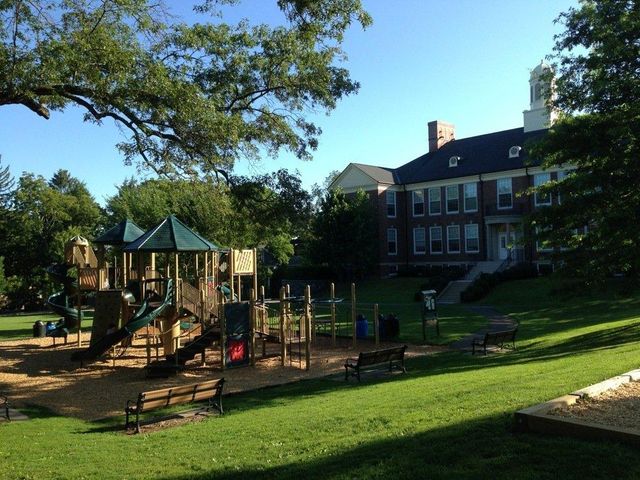Five common neighborhood characteristics

By Richard Montgomery
More Content Now
Posted May. 3, 2016 at 11:24 AM
Reader Question: We are looking for a home. We are seeking information about the term “neighborhood” as we have heard several different descriptions. What is a neighborhood?
Monty’s Answer: The word neighborhood is a word that means different things to different people. To some degree, opinions about what constitutes a neighborhood are related to a person’s experiences growing up in a neighborhood. For example, in my family, we four kids had certain tasks, after which we were free to go outside. The rule was to be back for “supper at six.” There were plenty of things to do with other kids in the neighborhood from skating in winter to baseball and fishing in summer. The neighborhood was where we learned to get along with others.
Dictionary.com has several definitions, which may explain why you received multiple answers:
— The area or region around or near some place or thing; vicinity: the kids of the neighborhood; located in the neighborhood of Jackson and Vine streets.
— A district or locality, often with reference to its character or inhabitants: a fashionable neighborhood; to move to a nicer neighborhood.
— A number of persons living near one another or in a particular locality: The whole neighborhood was there.
— Neighborly feeling or conduct.
— Nearness; proximity: to sense the neighborhood of trouble.
Check out another definition at https://en.wikipedia.org/wiki/Neighbourhood.
Five common neighborhood characteristics
Housing in neighborhoods tends to have a primary core that developed as towns and cities grew and continued to grow. Over time, as lots develop and the neighborhood flourishes, it can jump over barriers and continue to gain in mass. Some neighborhoods are created on their own while others grow according to a plan. Here are features that help describe a neighborhood:
1.The architectural style of the homes that stand out such as roof lines, porches, size and shape, building materials, windows are all part of what makes each neighborhood unique. Often, the era or economic periods in which the construction of homes took place is the driving force in the architecture.
2.Neighborhoods have attractions or services that are part of the fabric. The residents in their day-to-day life use these attributes. For example, schools, parks, local business, hospitals, religious facilities and shopping areas could all be included, but not necessarily all.
3.Neighborhoods have connectors such as sidewalks, backyards, parks, and other connectors that lend themselves to interaction with others. Sidewalks in suburban neighborhoods may not exist, yet the traffic patterns and street design allow for walking, playing and cyclists in relative safety. As people interact, they make new friends, watch each other’s property, play and exercise together. Some neighborhoods have annual block parties. Neighborhoods are often the source of lifelong friends.
About the Business
BUSINESS
Real Estate Services
Pinnacle Residential Properties
555 Washington St., Wellesley, MA 02482
Have a question? Ask the experts!
Send your question

